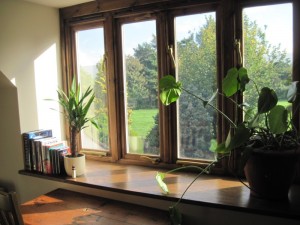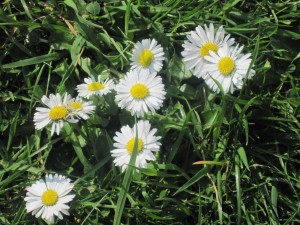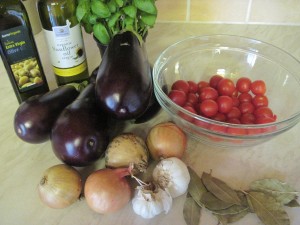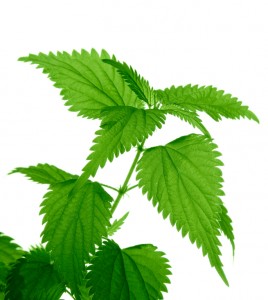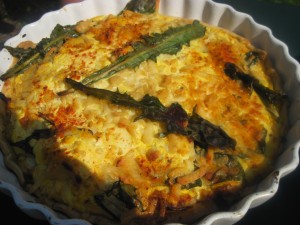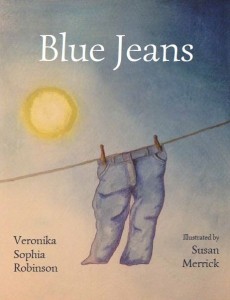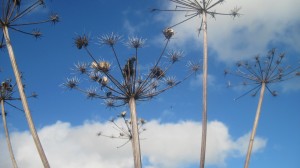I remember the conversation like it was yesterday. I was about 22 years old, and working in the newsroom of our local paper. Two of the female journalists were talking about a woman who owned a small fruit shop on the outskirts of town. I knew who they meant because the shop was one I often bought fruit from, and my parents had shopped there for years.
The women were discussing how the fruit-shop lady read lots of books and had a wide knowledge of so many topics, and was involved in all sorts of community groups and this and that, and still managed to run her shop seven days a week. I listened in awe. I remember a light going on inside of me, and wondering about what it was like to live such a full and interesting life. I, too, wanted to grab life with both hands and breathe it in to the deepest part of my being.
This lady was a classic example that you can be considered as someone who lives an ‘ordinary’ life, but is able to live it in an extraordinary way. You see, it isn’t about the big achievements in life, but the small things. The everyday things. It’s in the detail. Although I think of the fruit-lady often, I remembered her again at first light this morning. One of the first things I do each day is to open the kitchen door and step out onto the porch.
I love, love, love to breathe in the fresh air of a new day. It’s exhilarating. To me, it’s sacred. The first breath of clean and vibrant air shapes the course of my day. Birdsong, sunrise, cats purring. These small events in my day go by unnoticed by the world, but they are my world.
A beautiful and extraordinary life isn’t about how much money is in the bank or the level of fame or career success we achieve. A charmed life is one where we are touched by a million magical moments: ones which are often invisible to everyone else, but that light a candle in our soul.
I will always remember the fruit-shop lady.


